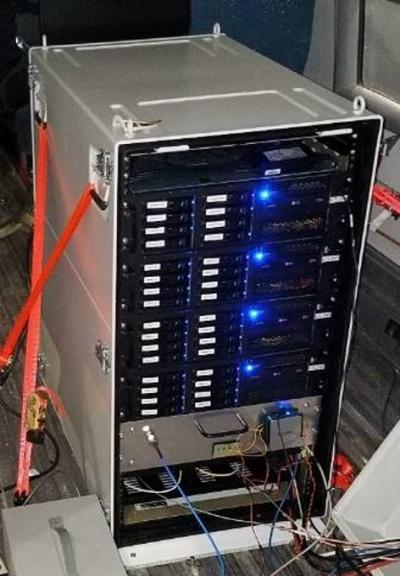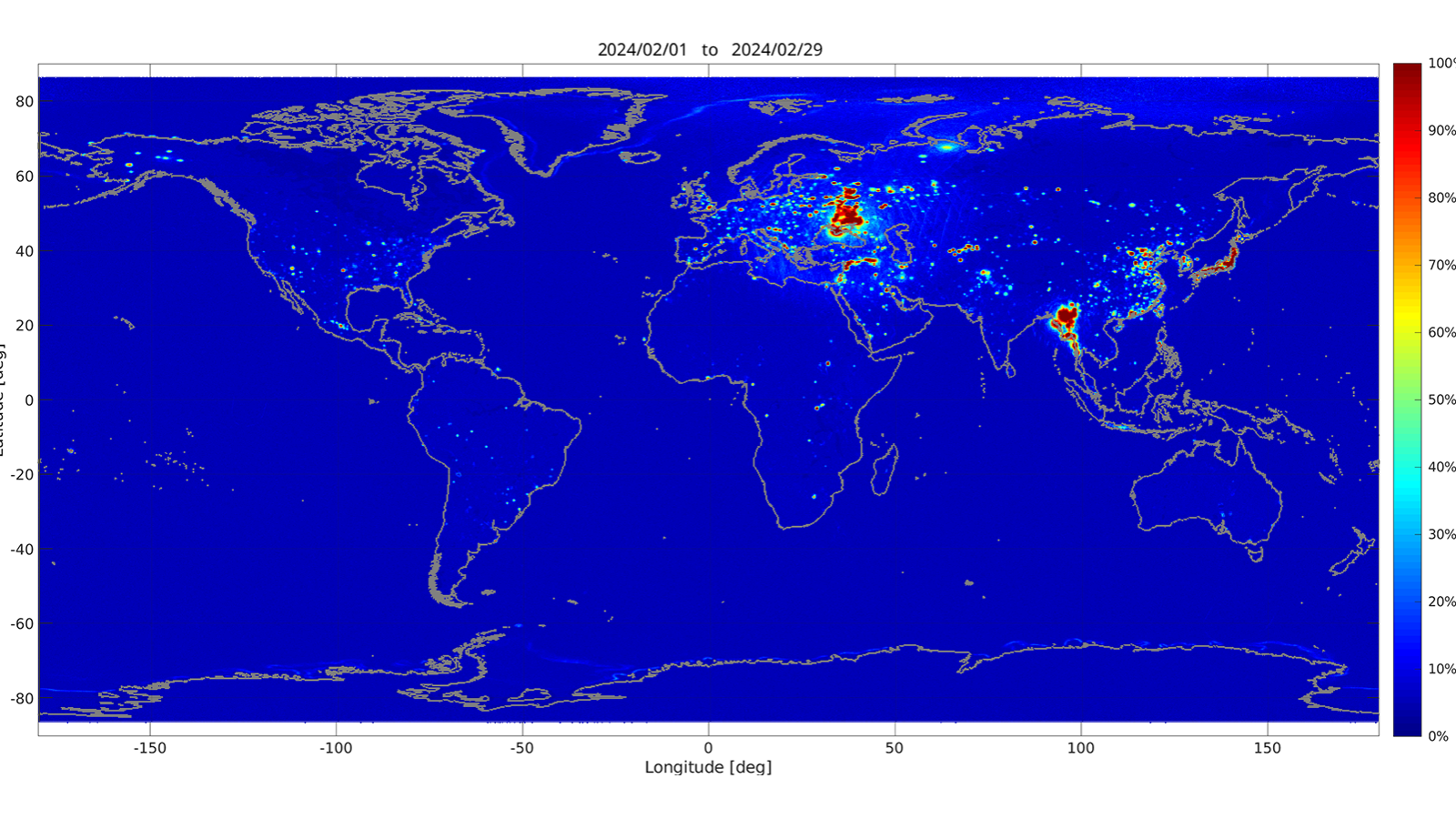The European Space Agency Greenlights CryoRad, an Innovative Earth Explorer mission concept in Advancing Earth Observation

Byrd Center Researchers Collaborate Globally on Groundbreaking Cryosphere Research
The European Space Agency (ESA) has announced the selection of CryoRad as one of four mission ideas for its renowned Earth Explorer program, Earth Explorer 12. Giovanni Macelloni at the National Research Council—Institute of Applied Physics (CNR-IFAC) in Italy will lead the project in collaboration with global experts, including The Ohio State University's Electrical and Computer Engineering Professor Joel Johnson at the ElectroScience Laboratory and Professor Emeritus Ken Jezek from the School of Earth Sciences, both also principal investigators at the Byrd Center.
The CryoRad mission uses an innovative low-frequency wideband sensor, known as a radiometer, to investigate the cryosphere's physical components and their interconnections. Johnson and Jezek pioneered the instrument's design and technology at Ohio State. They led a team that included their colleagues at the ElectroScience Laboratory, the School of Earth Sciences, and other international multidisciplinary, multi-university researchers in developing an ultra-wideband microwave radiometer that receives naturally occurring low-frequency microwaves.

The radiometer is used to measure the thermal radiation, described in terms of its “brightness temperature,” emitted from ice-covered terrains, sea ice, and the ocean surface. The radiometer also eliminates interference from man-made transmissions, ensuring untainted data collection of the naturally occurring microwaves. This is critical for climate research and studying the effects of large-scale climate warming on sea levels across the globe's oceans.
The CryoRad mission aims to investigate three primary science goals: ice sheet and ice shelf internal temperatures, sea ice thickness, and sea surface salinity.
This sensing concept has a notable history of deployment in extreme conditions, including during the MOSAiC mission in 2019, where it was utilized aboard a ship frozen in the Arctic sea ice for a year, taking measurements to estimate sea ice thickness and salinity. The instrument was also part of experimental campaigns in Greenland and Antarctica.
The ESA's Programme Board for Earth Observation reviewed 17 high-quality submissions. In addition to CryoRad, the three other mission ideas—ECO, Hydroterra+, and Keystone—were also selected for an 18-month assessment study phase. Ultimately, only the most promising concept will proceed toward implementation as an Earth-observing satellite mission. CryoRad aspires to secure this distinguished role and deliver crucial spaceborne observations of Earth's geophysical properties.
To learn more, visit "ESA selects four new Earth Explorer mission ideas."

